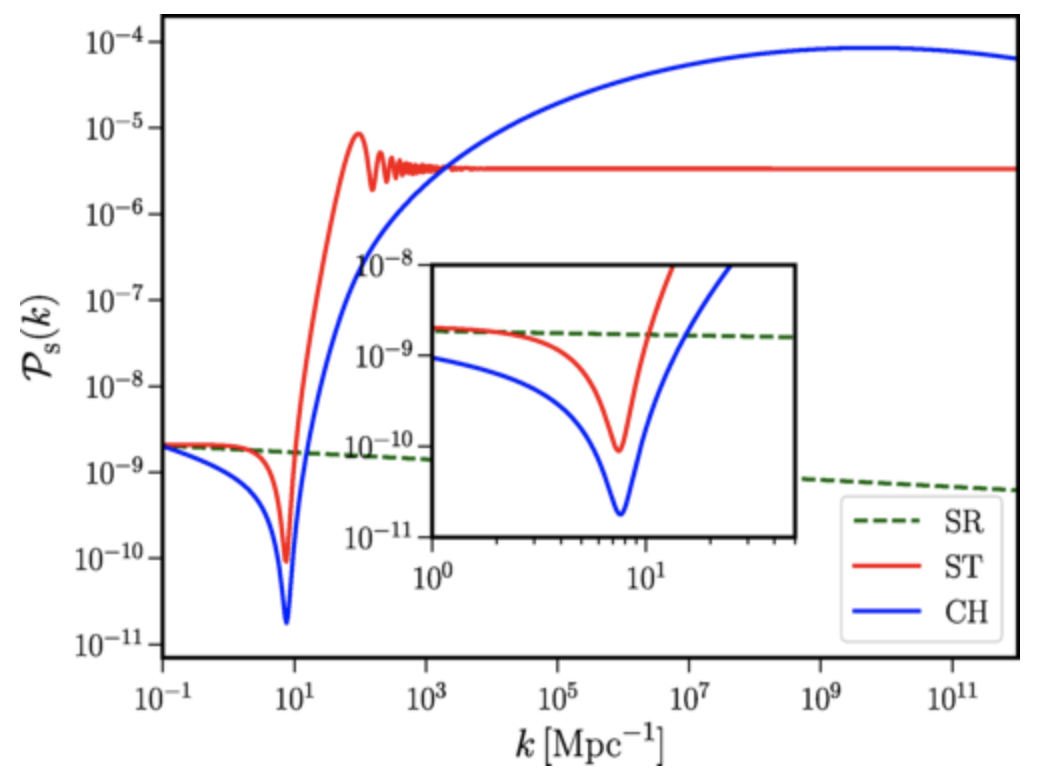
Dr. H. V. Ragavendra publishes in Physical Review Letters: Observing Nulling of Primordial Correlations via the 21-cm Signal
The behavior of primordial quantum fluctuations generated during inflation dictates the distribution of dark matter haloes in the universe at later times. These haloes attract gas clouds which gravitate to form galaxies and clusters of galaxies that we observe today. In this work, it is shown that in a specific class of inflationary models, called ultra slow-roll inflation, the primordial scalar fluctuations can be nullified at a specific scale so that the corresponding distribution of dark matter haloes will be suppressed over that scale. This effect gets imprinted as a dip in the spectrum of 21-cm lines emitted by hydrogen gas clouds that are captured by these haloes during the Dark Ages. Interestingly, such a dip can be detected by future 21-cm observatories such as an array of radio detectors on the far side of the moon. If detected, such a dip in the signal will confirm an ultra-slow roll model of inflation. This in turn shall have interesting implications for other phenomena predicted by the model such as the amplification of primordial tensor fluctuations that propagate as stochastic gravitational waves.
Journal Reference: Shyam Balaji, H. V. Ragavendra, Shiv K. Sethi, Joseph Silk, and L. Sriramkumar, Phys. Rev. Lett. 129, 261301 – Published 22 December 2022
#Research Highlight
#Achievement
#Research Highlight
#Achievement
Posted on: February 17th, 2023

